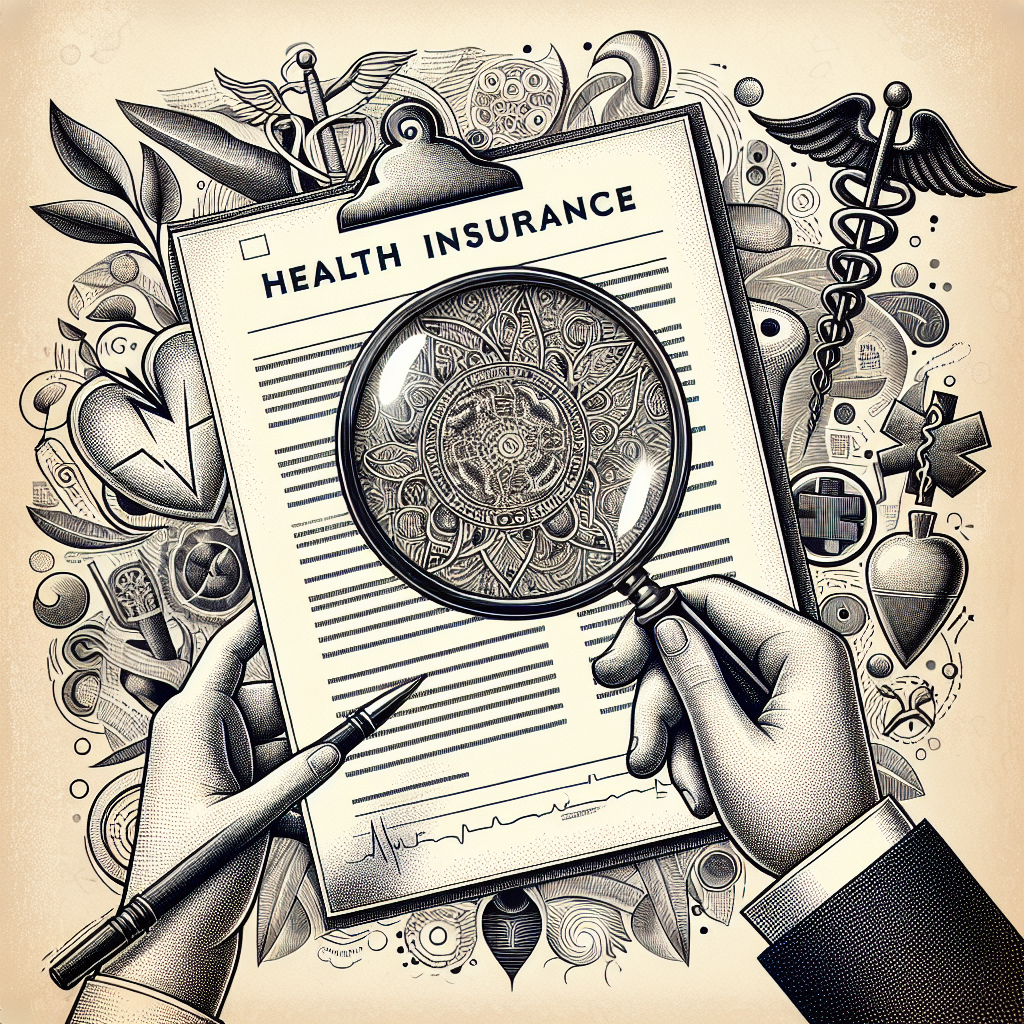Filed under Business Insurance on
Creating Effective Insurance Business Cards: A Guide

In the competitive world of insurance, creating a memorable first impression is crucial. One often-overlooked element of brand presence is the humble business card. Many professionals underestimate the power of an effective insurance business card, yet this small piece of paper packs a punch when executed well. This guide will explore how to create insurance business cards that resonate with potential clients and partners, ultimately enhancing your professional image.
Understanding the Importance of Insurance Business Cards
Business cards are more than just tools for exchanging contact information. For insurance professionals, they serve as a representation of your brand, skills, and approachability. A well-designed insurance business card can communicate professionalism and trustworthiness, key qualities in the insurance industry. It is essential to understand that a business card is often the first tangible interaction someone will have with you and your business.
First Impressions Matter
Your insurance business card sets the tone for prospective clients’ perceptions of your brand. A high-quality card with a clean design gives the impression that you pay attention to detail and invest in quality—desirable traits in an insurance agent or firm. Conversely, a poorly designed card might suggest a lack of professionalism or credibility.
Networking and Brand Recall
Effective insurance business cards aid in networking by providing potential clients and partners with a physical reminder of who you are and what you offer. In an era of digital overload, physical cards still hold significant value because they break through the clutter and can be visually memorable.
Key Elements of Effective Insurance Business Cards
To create standout insurance business cards, consider the following essential elements. Many hinge on elements of design, textual content, and strategic branding.
Professional Design and Layout
The design of your insurance business cards should reflect the nature of your business while being visually appealing. When thinking about the layout, prioritize clarity and coherence. Ensure that your card is not overly cluttered; each element should have a specific purpose and contribute to the overall design.
- Color Scheme: Choose colors that are consistent with your brand. Blue and green are commonly used in the insurance industry to convey trust and safety.
- Logo Placement: Your company’s logo should be prominently displayed, reinforcing brand recognition.
- Font Choices: Use readable fonts that align with your professional image. Avoid overly decorative fonts that might detract from readability.
Crucial Information to Include
Ensure that all necessary contact information is included. The idea is to make it easy for people to contact or learn more about you.
- Name and Title: Clearly state your full name and your professional title, establishing your role within the organization.
- Contact Information: Include a phone number and email address. Consider adding your LinkedIn profile as a modern touchpoint.
- Company Details: Your company name and physical location (if applicable) should be prominently displayed.
- Website URL: Directing them to a professional website can be a significant step forward in establishing credibility.
Design Practices for Memorable Insurance Business Cards
Certain design practices can enhance the effectiveness of your insurance business cards. Thoughtful design can transform a simple card into a compelling marketing tool.
Utilize High-Quality Materials
The choice of paper and finish will speak volumes about your brand. Opt for high-quality, durable materials that leave a lasting impression. Consider textured paper or finishes like matte or glossy to add a touch of sophistication.
Innovative Use of Space
Modern designs encourage the effective use of both sides of the card. While one side might contain essential contact information, the other can be utilized for branding elements such as your company tagline, a QR code linking to online resources, or an engaging visual that communicates your brand’s ethos.
Incorporate Digital Elements
Adding QR codes can be an excellent way to bridge the gap between physical cards and digital presence. These codes can link to your website, a vCard for digital contact storage, or a promotional video explaining your services.
Trends in Insurance Business Card Design
As technology and tastes evolve, so too do trends in business card design. Here are some current trends that could enhance your card’s appeal:
Minimalism
Less is more in the design world today. Minimalist designs use whitespace effectively to create a clean, professional look. This aesthetic not only looks modern but also helps recipients focus on the essential information.
A Touch of Humanity
Adding a personal touch, such as your photo or a personalized message, can make your insurance business cards more personable and relatable, fostering a sense of connection with the cardholder.
Eco-Friendly Materials
With increasing awareness of environmental issues, using recycled or eco-friendly materials can give your cards a unique selling point. Clients who value sustainability will likely appreciate this thoughtful choice.
Expert Opinions on Insurance Business Cards
Experts emphasize that business cards remain vital in professional settings. Marketing strategist Jane Doe states, “In an increasingly digital world, receiving a physical object like a business card means a lot. It’s tactile and can be the difference between a connection that sticks and one that slips away.”
Design expert John Smith adds, “Investing in the design and quality of your business card will pay dividends through the lasting impression it leaves. It is an extension of your personal brand, and you want it to represent your commitment to quality.”
Potential Pitfalls and How to Avoid Them
While creating effective insurance business cards, be aware of common pitfalls that could hinder their impact:
- Overloading Information: Avoid the temptation to cram too much information onto your card. Keep it precise and focused.
- Neglecting Updates: Regularly update your card with current contact information. An outdated card can leave a poor impression.
- Choosing Low-Quality Printing: Always opt for professional printing services to ensure your cards are crisp and clear.
- Disregarding Brand Consistency: Ensure your business card design is consistent with other brand materials.
Conclusion
Creating effective insurance business cards involves a delicate balance of design, functionality, and brand consistency. Through thoughtful design, a clear presentation of information, and an understanding of industry trends, you can create cards that leave a lasting impression. Whether you are handing them out at networking events or including them in mailings, the right business card can enhance your professional image and open doors to new opportunities.
As the insurance landscape continues to evolve, so too should your approach to marketing. Stay ahead of the curve by investing in business cards that best represent your professional identity and leave an indelible mark. Remember, your insurance business cards are more than just contact information—they are a statement of who you are and what you stand for.





